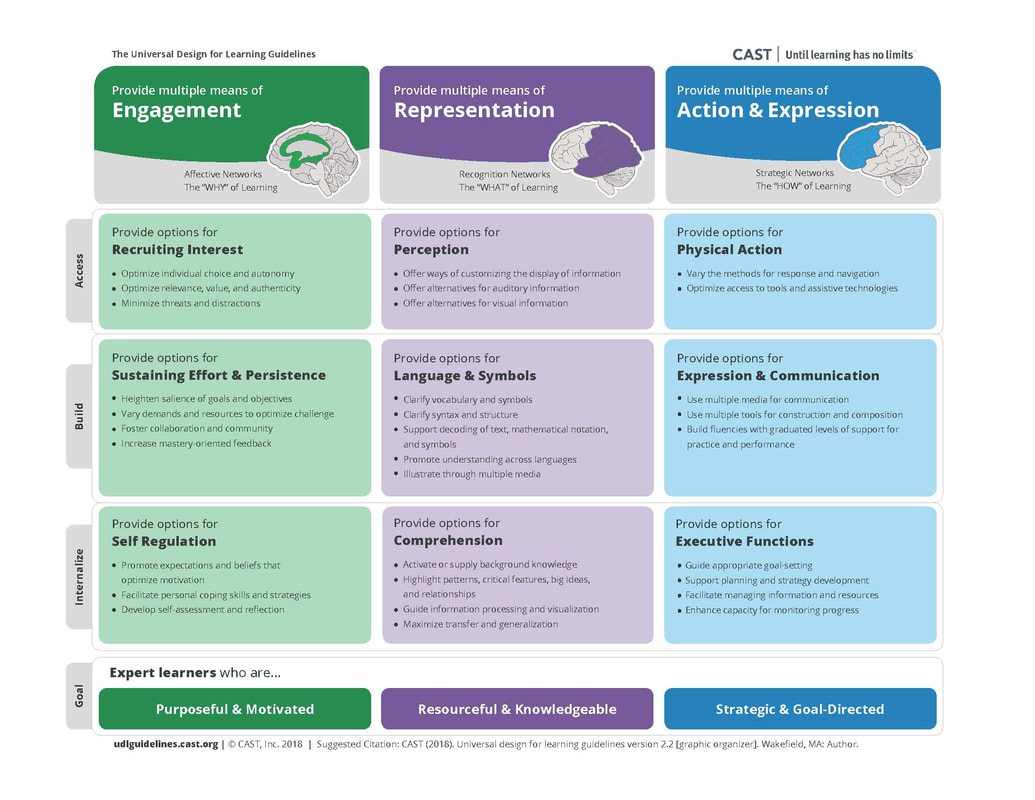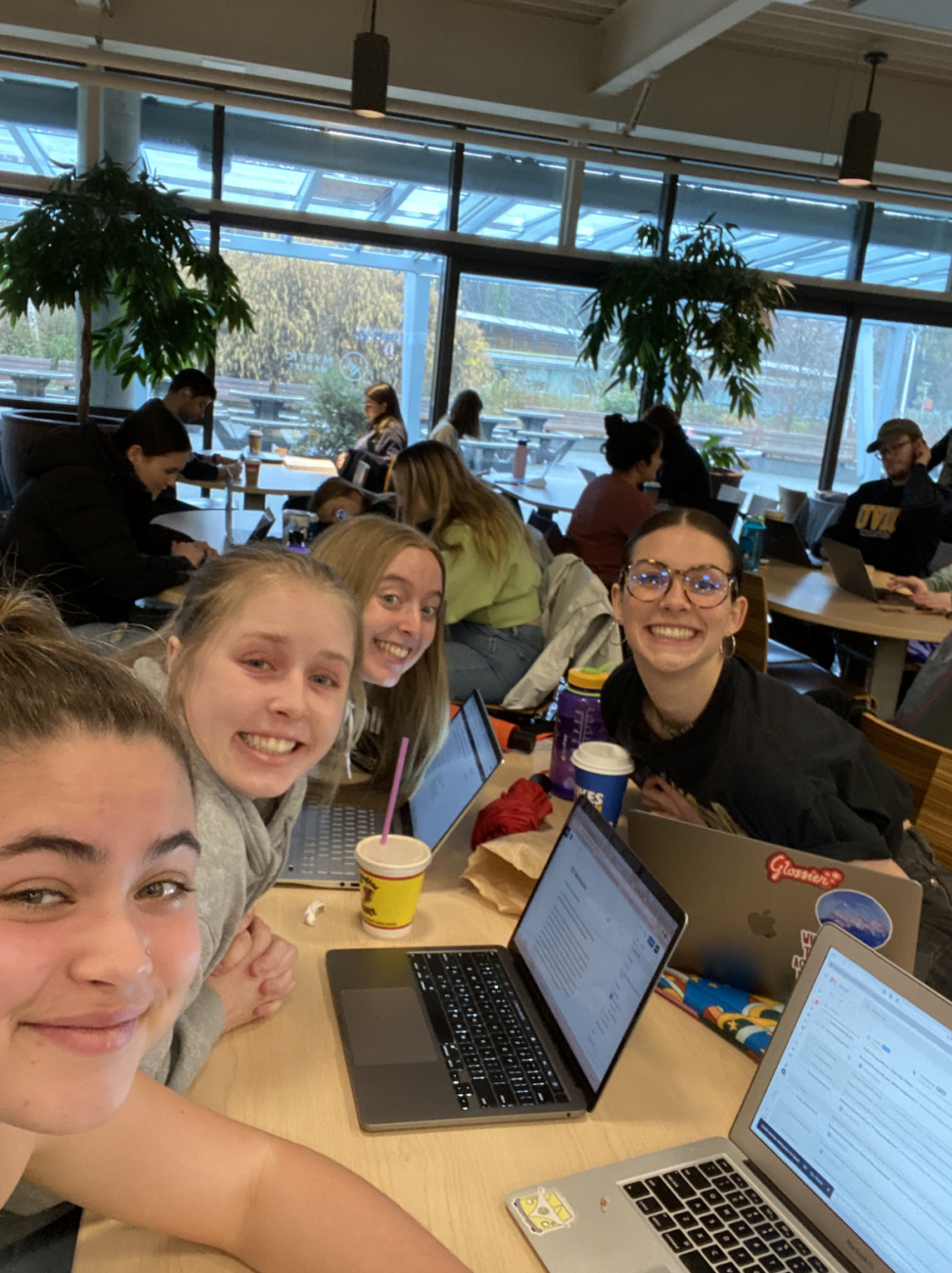
Avel Chuklanov
By: Dylan, Katie, Emma, Emma
For our EDTech Inquiry, we chose to focus on the pros and cons of using technological resources such as “Class Dojo” in the classroom.
Class Dojo, is an online communication system. It connects students, parents and classroom teachers together through features such as a message and photo sharing feed. It also helps students gain knowledge on their student’s academic and social behaviour. Class dojo allows each student to create an avatar, which will represent them throughout the school year. Depending on students’ behaviour and performance, they can be rewarded or demoted points. This is a great motivation for students to be on their best behaviour and put in as much effort as they can academically. Evidently, this kind of technology has equal advantages and disadvantages. We have listed these below:
| CONS: | PROS: |
| -Negative class comments may not be good for students – Tailored solely towards the teacher and parent communication – No in-app search feature – Limited coordination and organization tool – Not good for older students, they may find it boring or childish -Students may struggle with negative feedback | – Parents can become more involved in their children’s education – Free app – Having daily communication regarding required tasks and homework – Setting and rewarding class expectations |
To bring communities together, and give their kids learning experiences they love. We think every kid on Earth should get an education they love. We don’t believe there is some “ideal” education, a one-size-fits-all model that all kids must fit. Instead, we believe every community of teachers, kids and families should be able to get the learning experiences that they want and love. And we believe the way to do that is from the ground up. This is ClassDojo’s plan: we listen to teachers, kids and families. We help them work together as a community. And we help them bring the world’s best learning experiences into their classrooms and homes.
Class Dojo Mission Statement
Tour of Class Dojo SiteClass Dojo Avatar Creation
https://curriculum.gov.bc.ca/curriculum/adst


EMMA H
Dadakhodjaeva, K. (2017). The good behavior game: Effects on and maintenance of behavior in
middle-school classrooms using class dojo (Order No. 10110917). Available from ProQuest Dissertations & Theses A&I. (1797920891). Retrieved from http://search.proquest.com.ezproxy.library.uvic.ca/dissertations-theses/good-behavior-game-effects-on-mainteance-middle/docview/1797920891/se-2?accountid=14846
This article focuses on how classdojo can be used as a GBG (Good Behavior Game). The study looks at how using Class Dojo in classes can increase classwide academically engaged behavior. It also studies if Class Dojo can be used to “reduce disruptive and passive off-task behaviors in the middle school classrooms” (Dadakhodjaeva, 2017). Overall, the article found that the GBG using Class Dojo was effective at improving engaged behavior in academic studies, and it also helped to decrease disruptive behavior. Although it did state that improvements for off-task behavior were minimal.
Summarizing, the article found that the use of Class Dojo in the classroom was mostly beneficial. However, I would like to acknowledge that this study was done over 5 years ago when the app was at its prime and I would argue that if the study was repeated the resulted may vary nowadays.
EMMA
Saeger, Abigail Marquis, “Using ClassDojo to promote positive behaviors and decrease negative behaviors in the classroom” (2017). Theses and Dissertations. 2443. https://rdw.rowan.edu/etd/2443
The purpose of this study was “ to determine whether the application in conjunction with weekly goal setting could encourage students to display more positive behaviors and decrease the frequency of undesired behaviors” (Saeger, 2017). This article argues that Class Dojo can be used to help motivate students to make responsible decisions as with tech, this digital behavior management tool when applied in the classroom can tailor student behavior to appropriate scenarios and environments without consistent redirection or instruction. I thought that this was an interesting study because of the approaches it came from and the angles it took. Saeger asks;
- Will the use of the Classdojo methods for self-monitoring of behavior lead to more positive behaviors such as following directions upon first request, showing effort during independent work time, being positive and respectful, and working quietly during independent work time and an improvement of the weekly positive behavior percentage of second grade students, including those with ADHD and those with low proficiency in math and literacy?
- Can the consistent, daily use of a Digital Behavior Management Tool in conjunction with weekly goal setting sheets develop self regulation to ultimately increase the percentage of positive behaviors? How do students feel about the use of ClassDojo as reported on a reflection sheet about the use of ClassDojo to improve their behavior and decision making skills?
Ultimately the findings of this study was that Class Dojo was an “effective tool for increasing positive behaviors and decreasing negative behaviors” (Saeger, 2017) I added a photo of one of the survey examples from this study below!
What was particularly interesting about this study for me was that students were motivated to isolate specific behaviors they wanted to improve upon! The results of this were that “students developed better self-monitoring skills” and were “better able to control their behavior” (Saeger, 2017). The task of changing a behavior can be super daunting for some students! Which is why I think that the breaking down of specific behaviors is super beneficial. Here, students get the opportunity to really focus on their day-to-day habits and look at small improvements over time.
DYLAN CHAMPAGNE
Class Dojo: Supporting the art of student self-regulation. (n.d.). Retrieved March 22, 2022, from http://mat2013macleanblevins.pbworks.com/w/file/fetch/67504126/MacLean-Blevins%2520MRP%2520FINAL%252028may13.pdf
This article seeks to highlight how Class Dojo can be used as a tool in the classroom to support students’ development of self-regulation. Self-regulation is the art of working through one’s emotion, and it requires taking a pause between a feeling and an action. Children can very frequently struggle with this behavior, as can many adults when they do not take the time to think actions through before reacting. One can see how the skill of self-regulation is crucial in order to be able to function effectively in everyday life and manage one’s own emotions.
This study examined how students’ self-monitoring of their behaviors was influenced using an online tracking system, Class Dojo. In this study, students had autonomous access to the site with their own username and password. After three weeks of implementation in the classroom, the results reflected that “positive, self-regulatory behaviors increased and negative, disruptive behaviors decreased even though only the frequency of positive behaviors were tracked using Class DoJo”. In conclusion, the article summarizes how students must develop self-regulation in order to succeed, which I wholeheartedly agree with. However, we far to often punish bad behavior rather than acknowledging positive behavior, which is where Class Dojo can be an amazing tool.
KATIE FARRELL
DiGiacomo, D. K., Greenhalgh, S., & Barriage, S. (2021). How Students and Principals Understand ClassDojo: Emerging Insights. TechTrends : for leaders in education & training, 1–13. Advance online publication. https://doi.org/10.1007/s11528-021-00640-6
The article summarizes an online resource for teaching called Class Dojo. Moreover, it summarizes the importance of class dojo and the drawbacks of using the app. Furthermore, the article highlights the immense influence that Class Dojo and similar educational apps have on a students participation and general interactions in a classroom environment. The article exhibits a study on how Class Dojo alters a class environment and the students’ relationships with their parents and teacher(s). The main point taken from the study was that Class Dojo should prioritize the voices, experiences, and perspectives of children and youth. It should also not be limited to evaluations or assessments of the tool’s utility or efficacy, but rather to the impact on students’ overall schooling experiences. This point is very important as some drawbacks from Class Dojo is its significant reliance on behaviour and efficiency of students during class time. Therefore, the main takeaway is when using Class Dojo the main intention with utilizing the resource is that is for the benefit of students, therefore, if this app does not benefit the students, then it should not be used.
Attached is a chart showing the data collected from the study in regards to students feelings surrounding Class Dojo.
References
3 reasons why teachers need to use technology in the classroom. Concordia University Texas. (2021, December 28). Retrieved March 17, 2022, from https://www.concordia.edu/blog/3-reasons-why-teachers-need-technology-in-the-classroom.html#:~:text=Technology%20in%20the%20Classroom%20Provides,better%20understanding%20of%20the%20material.
ClassDojo. (n.d.). Classdojo. ClassDojo. Retrieved March 17, 2022, from https://www.classdojo.com/
Chaudhary, S. (2021, March 5). How to change education (from the ground up). Medium. Retrieved March 17, 2022, from https://samchaudhary.medium.com/https-medium-com-samchaudhary-how-to-change-education-from-the-ground-up-f82b8f3e4b95
The UDL guidelines. UDL. (2021, October 15). Retrieved March 17, 2022, from https://udlguidelines.cast.org/
Applied Design, skills and technologies. Building Student Success – B.C. Curriculum. (n.d.). Retrieved March 17, 2022, from https://curriculum.gov.bc.ca/curriculum/adst
